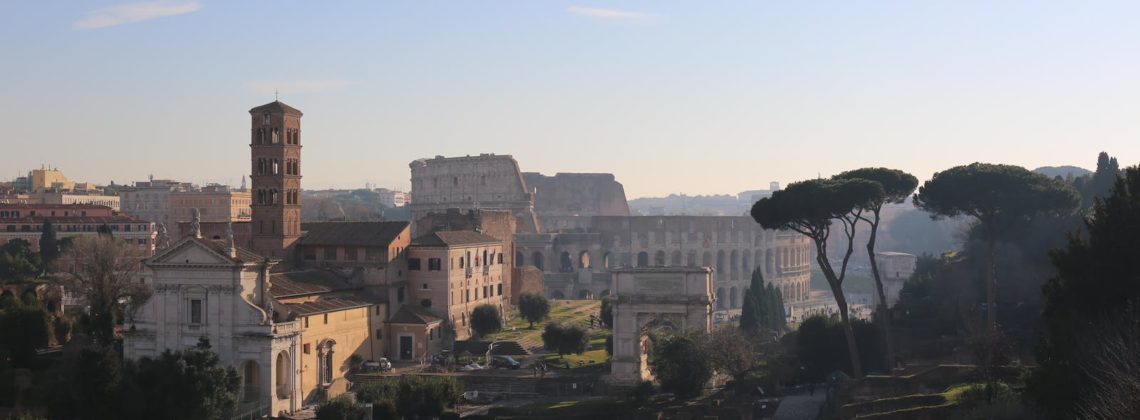
Interesting facts about the Colosseum
The Colosseum is one of the New 7 Wonders of the World
Earning its esteemed position among the New 7 Wonders of the World, the Colosseum boasts a rich history and international admiration. Through a collective effort, the Colosseum secured its spot on this list, an honor officially revealed on July 7, 2007. This iconic accolade places the Colosseum in the esteemed company of Petra and Machu Picchu.
.
The Colosseum is the world’s largest amphitheater
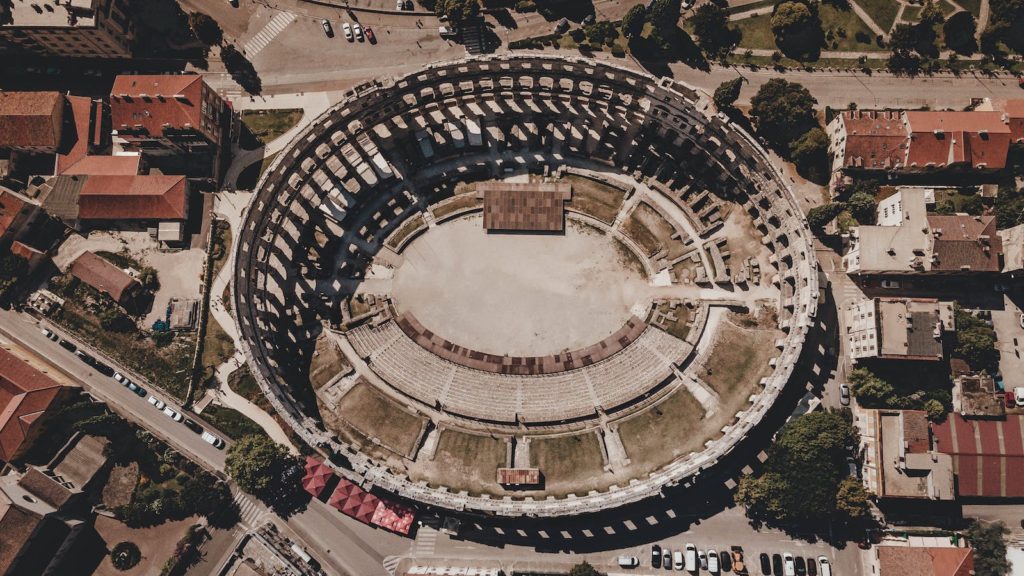
Rising to a height of 157 feet at its tallest point, the Colosseum stands as the largest amphitheater in the world. This architectural marvel comprises four levels, and in the days of ancient Rome, over 50,000 spectators would stream through its 80 entrances to witness various events.
The Colosseum Also Had Elevators
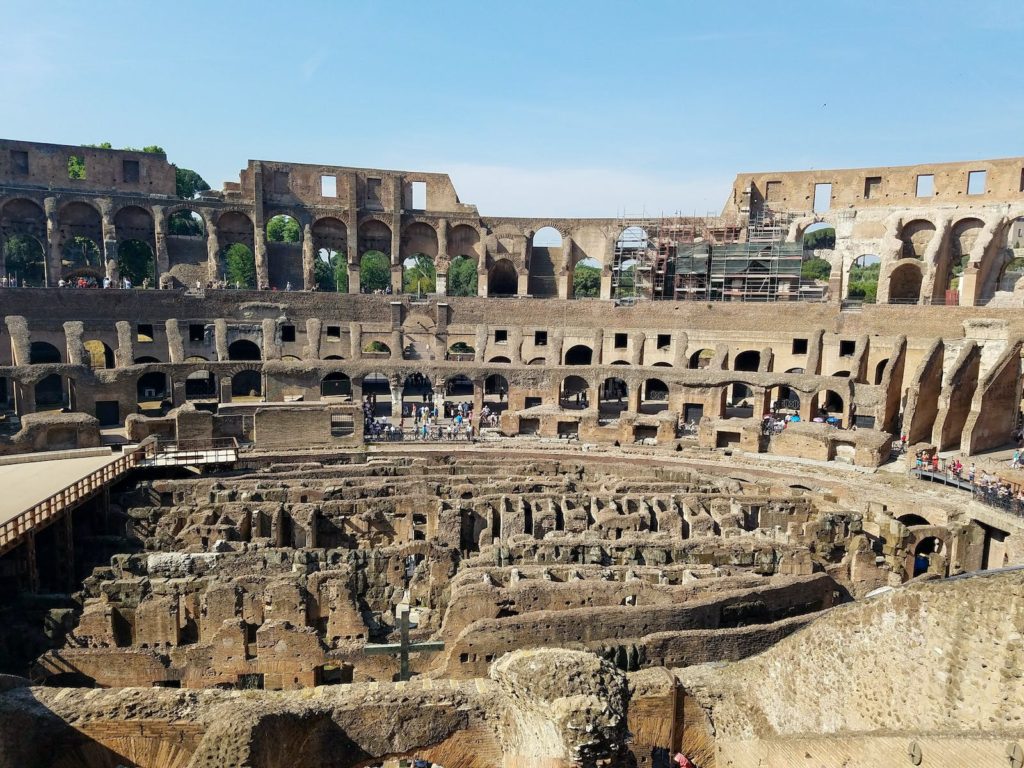
Concealed beneath the Arena Floor, intricate elevators facilitated the movement of animals and gladiators to the central fighting arena. This subterranean ingenuity lent an air of mystique to battle scenes, with creatures seemingly materializing out of thin air. A guided tour of the Colosseum’s underground area unveils a reconstructed elevator, a testament to this technological marvel.
There Were female Gladiators
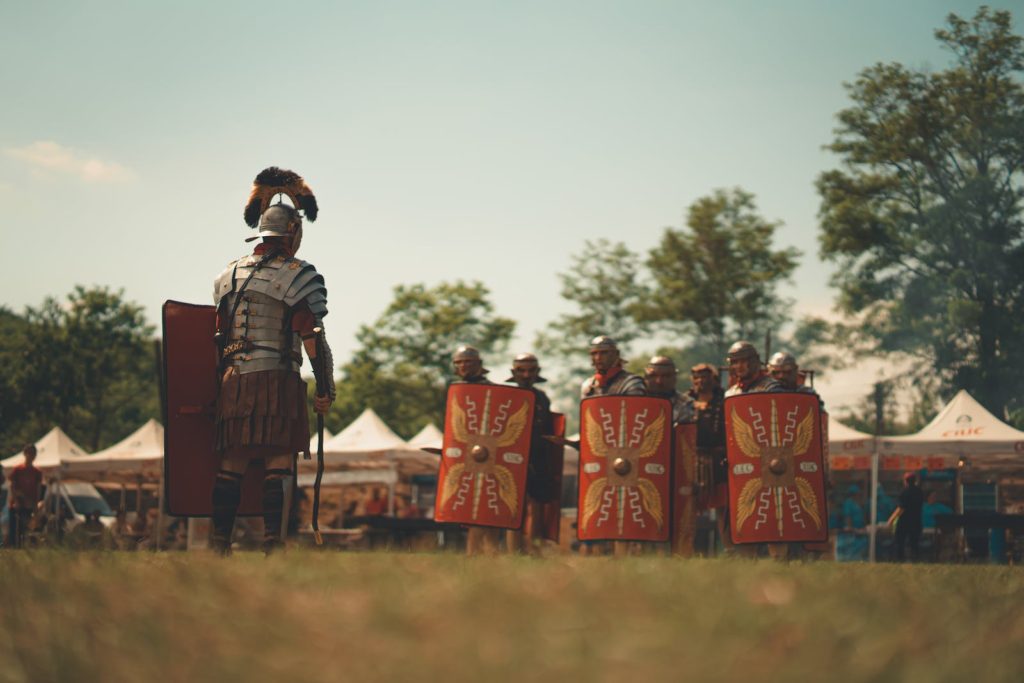
While not always the primary focus, women gladiators held a prominent place in the arena, particularly as the empire entered its later years. Interestingly referred to as “ludia,” signifying women performers in the games, they played a noteworthy role in gladiatorial contests.
The Colosseum Was Built Over a Lake
The Colosseum’s origin lies atop an intriguing foundation – a colossal manmade lake that formed part of Emperor Nero’s opulent Domus Aurea (Golden House). Following Nero’s demise and Vespasian’s rise to power, the lake was drained and replaced with the massive amphitheater we now know. Vespasian’s engineers converted the lake’s canals into functional sewers, not only facilitating drainage but also ensuring a steady water supply for the Colosseum’s substructure.
No Concrete Was Used In The Main Structure
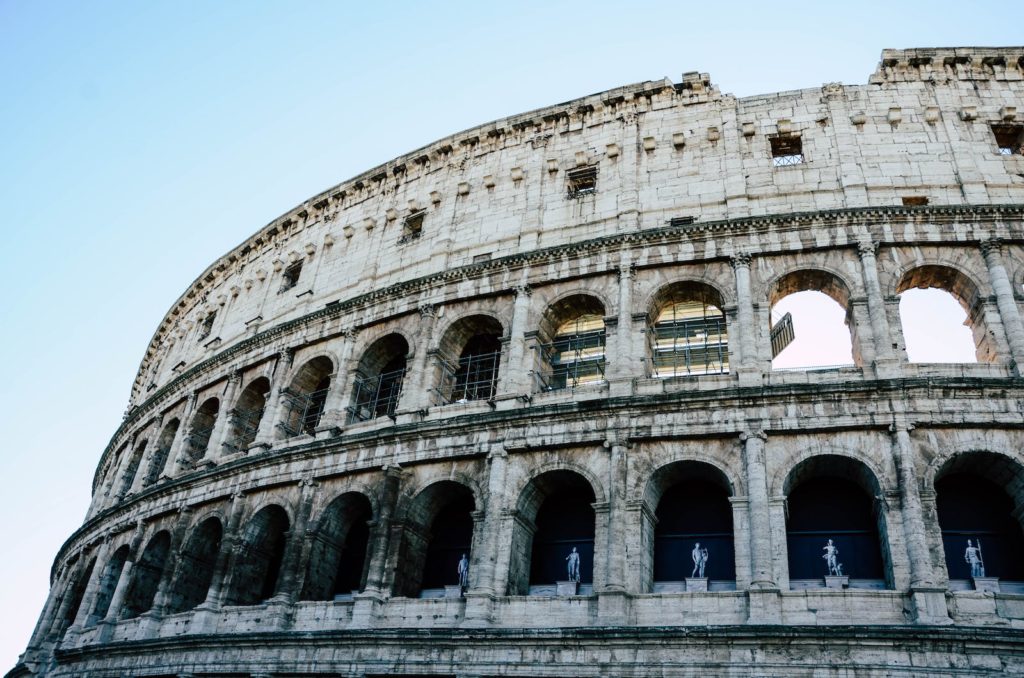
The outer structure of the Colosseum was built using blocks of stone up to 20 tons each were placed on top of each other and then iron pins stapled the rock together.
This is why when you look at the Colosseum today, it looks like a piece of Swiss cheese. The holes you see are where the iron was removed in the Middle Ages.
The Colosseum has been restored by the Pope
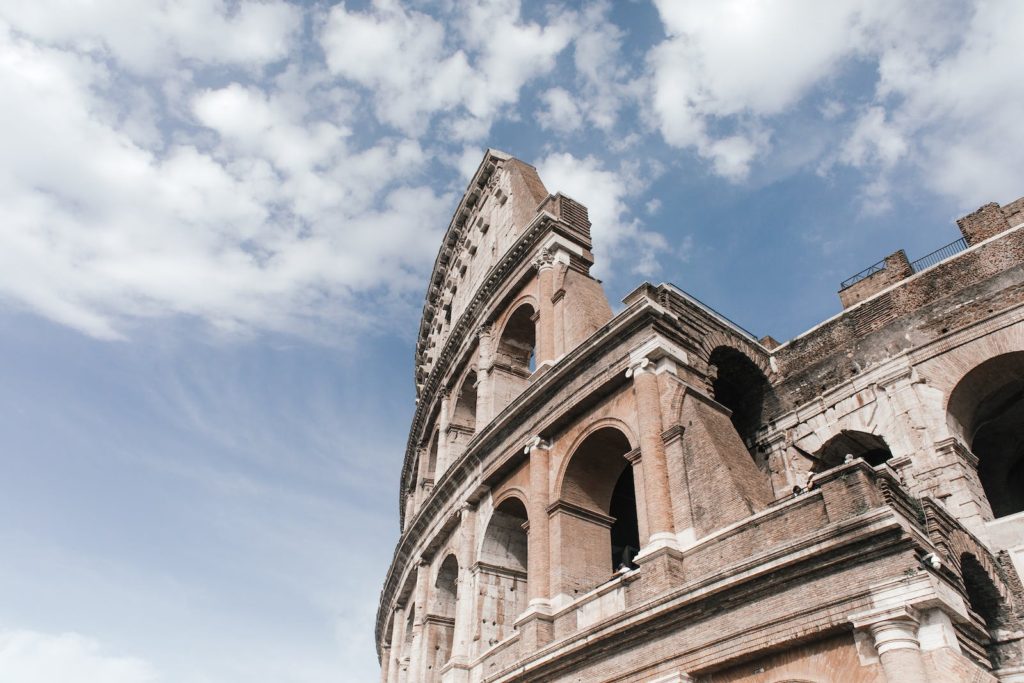
Soon after the decree of 1749, popes began commissioning projects to restore the Colosseum. There was heavy foliage and plant life growing inside the Colosseum, which would have a tremendous negative effect on the building over time. They removed the foliage and, in 1807, a project began to reinforce the outer ring of the Colosseum, which you can see today.
Triangular brick support now reinforces the Colosseum. There were also excavations throughout the 19th century. After over 1,000 years of abusing the structure due to poor economic conditions, it was finally time to preserve it.
By the 1930s, the Colosseum looked very similar to what you see today other than some cool things like a replica of a trap door and elevator being built into the stage.
Two major cleaning projects happened in our era. From 1993 to 2000 and another in 2013, which was sponsored by Tod’s shoe company, an ultra-popular Italian
designer.
The Film Gladiator was not filmed at the Colosseum
A replica of the Colosseum was built in Malta for filming. It cost just over 1 million dollars.
The replica was 52 feet high and held 2,000 people. Many parts of the Gladiator film used computer-generated.
For information regarding colosseum tours in Rome or visiting tips email us contactus@colosseumtoursinrome.com
